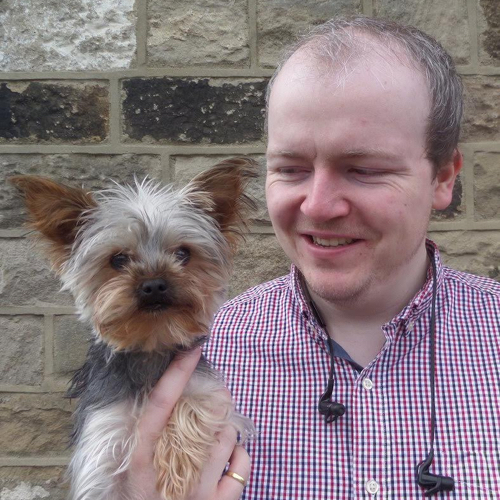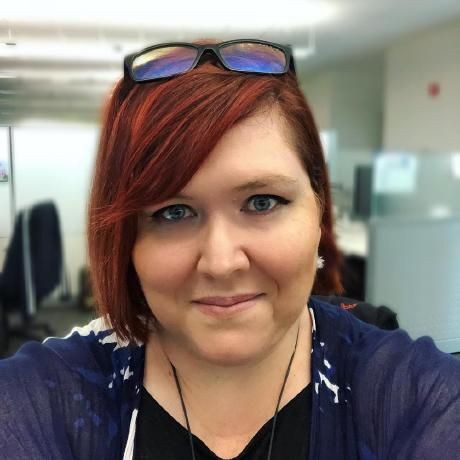The Future of Responsive Component Design

Chad Carbert
For some time now we’ve designed our apps to be responsive based on media queries. Our applications have evolved and used abstractions around the global media context with tools like ember-responsive which have gotten us pretty far. But in a world of components the context isn’t global, it’s local. Let me show you how we can build components that are responsive to their immediate environment and work anywhere.
Hello, I am a Canadian web developer currently working at Heroku 💜. I've previously lived in Portland, Berlin and now I’m happy to call Brooklyn home. I love learning from all the front-end communities and seeing great ideas foster and shared. What I do learn I enjoy sharing, whether through teaching javascript, giving talks, or contributing to open source.













